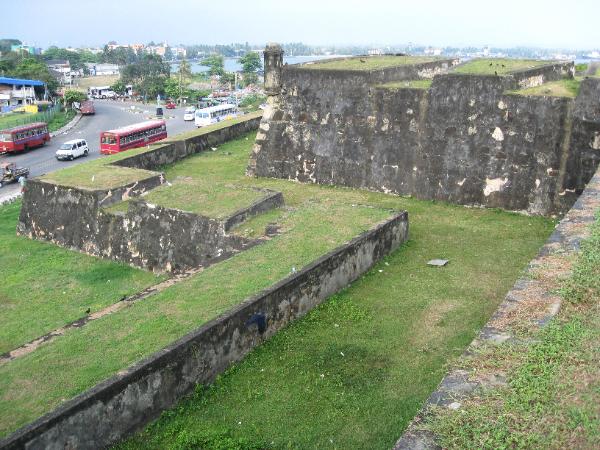
Colonial Galle, Ceylon Ebony Chair
Carved Ebony Chair
Galle District, Sri Lanka
First Quarter of the 19th century
height: 80cm, height of seat: 40cm, width: 54cm, depth: 45cm
This ebony chair with a rattan cane seat dates to the first half of the nineteenth century. The back rail is carved with typically Sri Lankan stylised plant and flower motifs – work that is associated with the Galle region of southern Sri Lanka. It has turned single spindles front and back and two on either side.
The back comprises ten ebonised canes.
The chair is in fine condition. There is a chip to one stile but this tends to be lost from view by the darkness of the wood. Overall, it is an elegant example of a colonial Ceylonese chair.
References
Jaffer, A., Furniture from British India and Ceylon: A Catalogue of the Collections in the Victoria and Albert Museum and the Peabody Essex Museum, Timeless
Books, 2001.
Jaffer, A.,
Luxury Goods from India: The Art of the Indian Cabinet Maker, V&A Publications, 2002.
Tchakaloff, T.N.
et al, La Route des Indes – Les Indes et L’Europe: Echanges Artistiques et Heritage Commun 1650-1850, Somagy Editions d’Art, 1998.
Veenendaal, J.,
Furniture from Indonesia, Sri Lanka and India During the Dutch Period, Foundation Volkenkundig Museum Nusantara, 1985.
Provenance
Formerly in the collection of the late Toby Falk, a noted scholar and collector of Indian art.
Inventory no.: 1255
SOLD

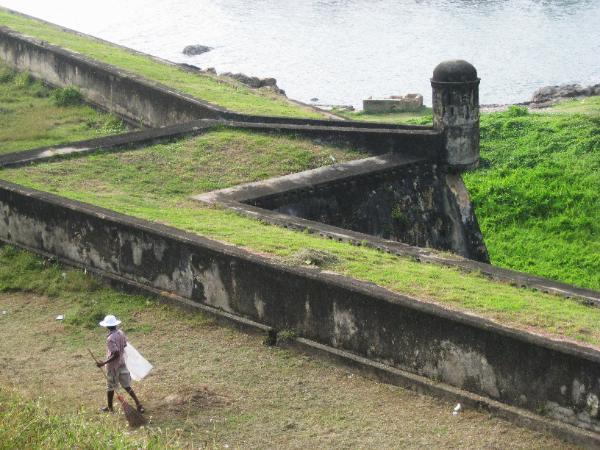
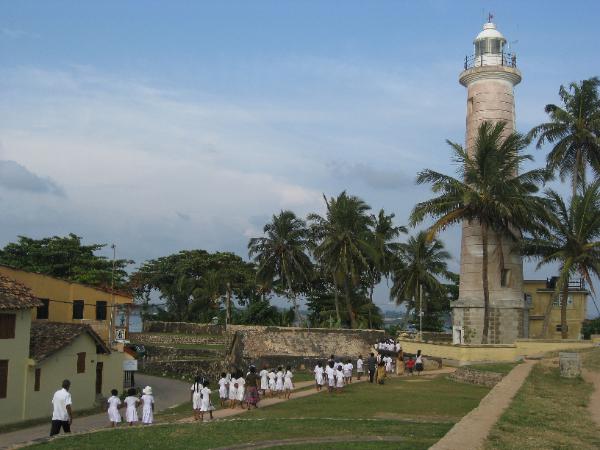

Ebony trees, photographed in central Sri Lanka.
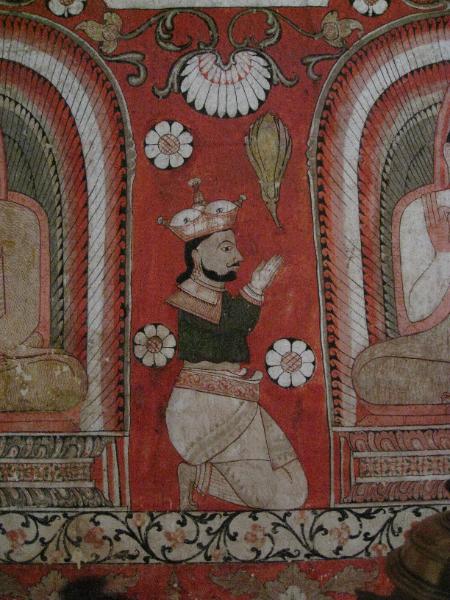
The flower bud motif near the forehead of this Kandyan king is similar to that used on this chair. From a wall painting at Lakatilake Vihara central Sri Lanka.
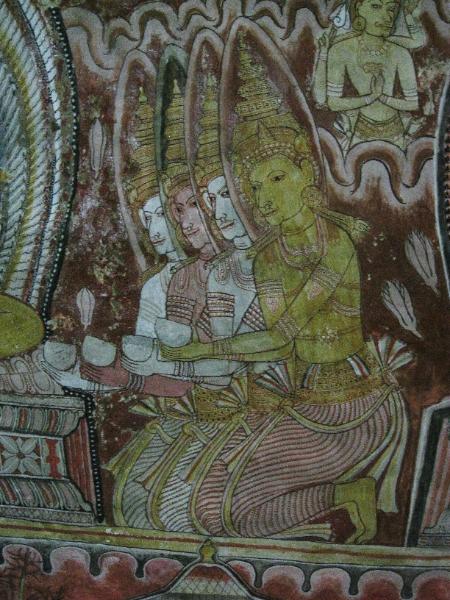
The bud motif again from the cave paintings at Sigiriya, central Sri Lanka, which date from the 17th-18th century.
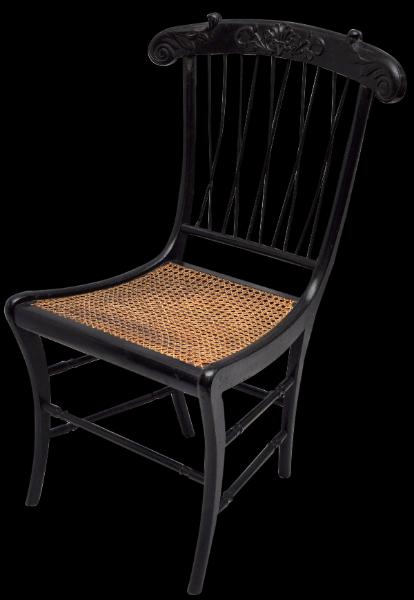
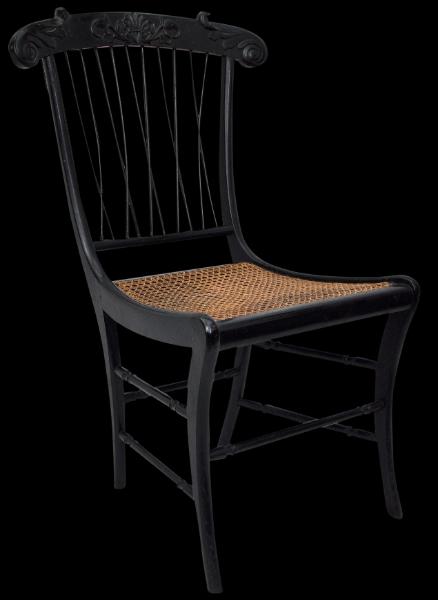
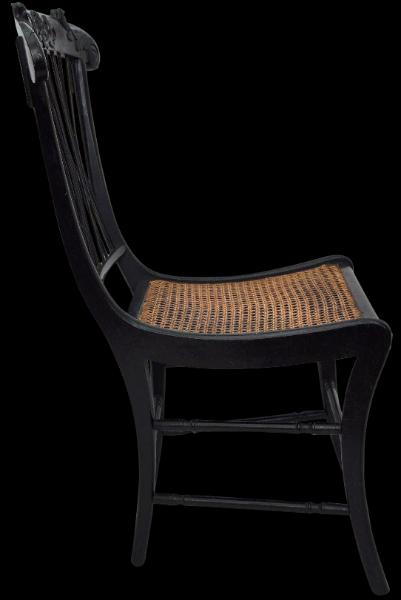
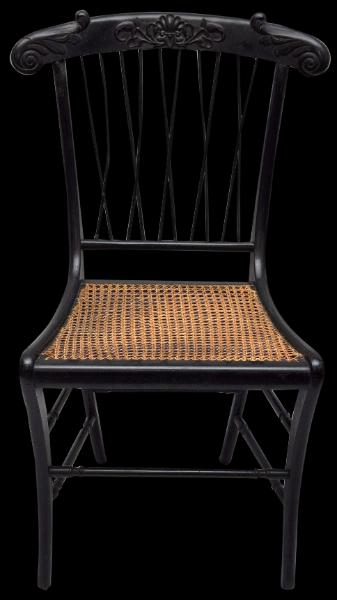
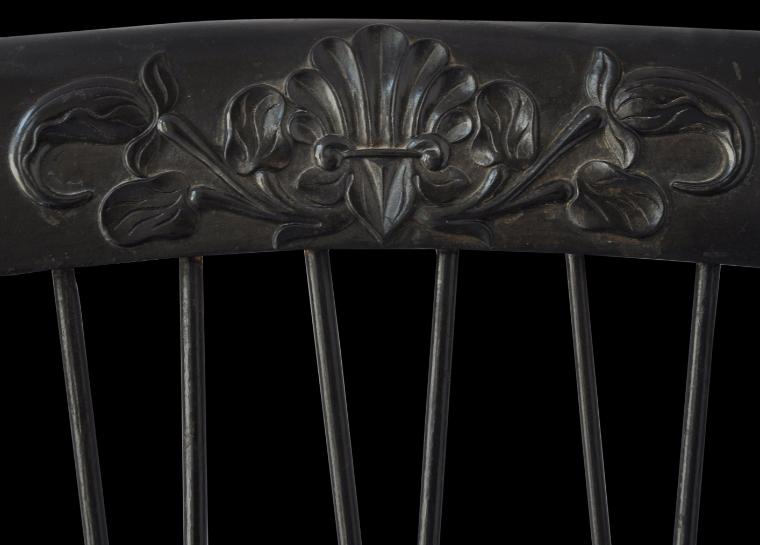
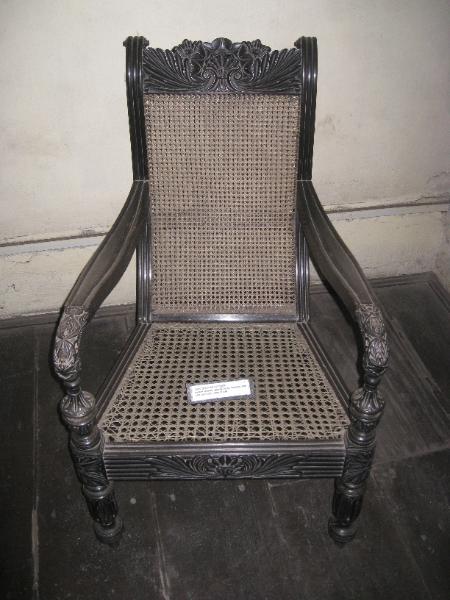
Views of the Dutch fort & rampants, Galle. Photographed in 2011.
Photographed at the Dutch Colombo Museum, Colombo, 2011.

